Your Cart is Empty

Shop By Vehicle:
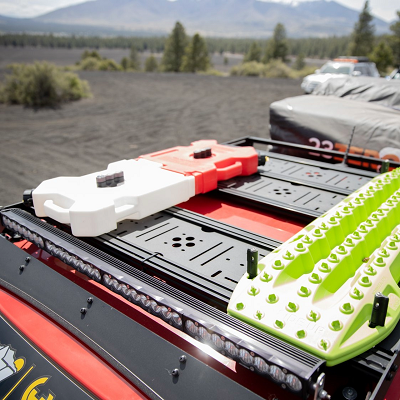
Roof Racks
Bed Racks
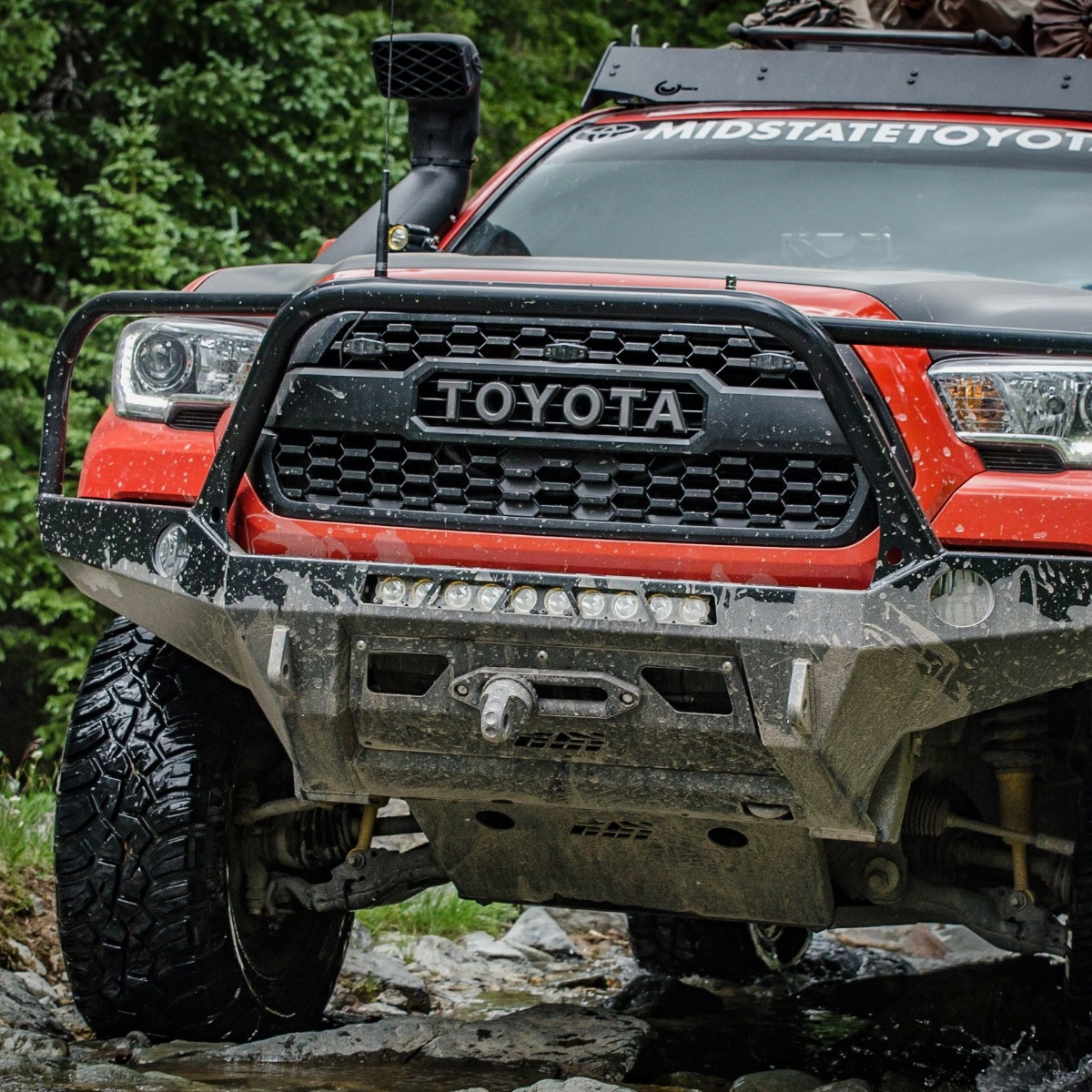
Front Bumpers
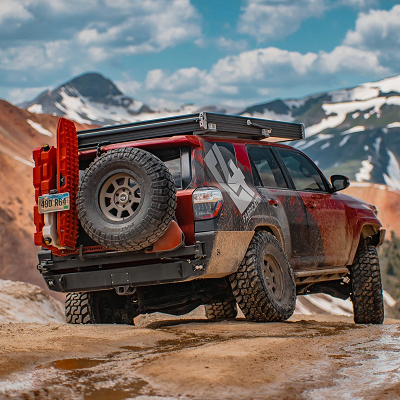
Rear Bumpers
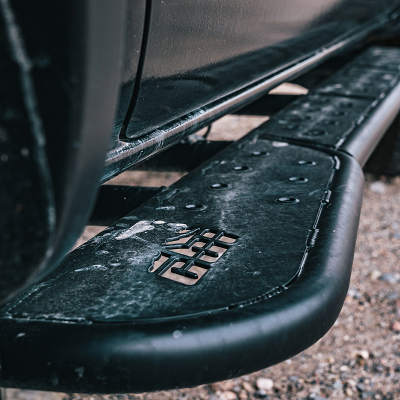
Rock Sliders
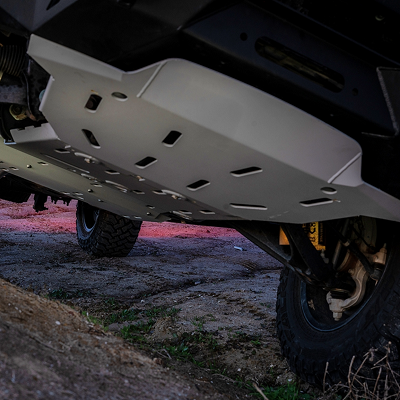
Skid Plates
November 06, 2024 6 min read
For off-road enthusiasts, adventurers, and anyone venturing off the beaten path, getting stuck is common. However, while it’s frequent, getting unstuck doesn’t have to be complicated. Recovery boards have become one of the most reliable and accessible solutions for self-recovery. Whether you're battling mud, sand, snow, or loose gravel, recovery boards can be a lifesaver. In this guide, we’ll cover what recovery boards are, how they work, and how to use them effectively in real-life situations.

You may have heard of or even tried shoving wood or other objects under your tires to gain traction. While this might work in some cases, it’s not a reliable method for vehicle recovery. Recovery boards, sometimes called traction boards or recovery mats, are durable, flat devices placed under a vehicle's tires to provide extra traction when you’re stuck. Made from resilient materials like reinforced nylon or thermoplastic elastomers, they’re designed to withstand the weight and pressure of vehicles. Unlike makeshift methods, recovery boards often have studs, teeth, or other features that provide extra grip for tires in slippery or tough situations.
Materials: Most recovery boards are constructed from high-grade materials that handle repeated use and extreme pressure.
Grip Patterns: The surface typically features raised knobs, ridges, or teeth to help grip both the tire and ground effectively.
Portability: Many recovery boards are lightweight and stackable, making them easy to store and transport.
Weather Resistance: High-quality recovery boards are UV-resistant and can withstand freezing temperatures, ensuring optimal performance in all conditions.
While a winch or tow rope can also be effective, recovery boards offer unique advantages:
Self-Sufficiency: Unlike winches or tow ropes, you don’t need another vehicle or anchor point to use recovery boards, making them ideal for solo adventurers.
Speed and Convenience: Recovery boards are quicker and simpler to use compared to winching and can often get you unstuck swiftly.
Versatility: Effective across multiple terrains—mud, sand, snow, and rocky surfaces—they’re versatile tools suited to various environments.
Cost-Effective: Recovery boards are usually less expensive than heavy-duty recovery gear, making them an accessible investment for both new and seasoned off-roaders.
The concept behind recovery boards is straightforward: they create a solid surface for your tires to gain traction on unstable ground. When a vehicle is stuck, tires often spin without grip, sinking deeper into mud, sand, or snow. Recovery boards act as a bridge or platform to prevent sinking and encourage forward momentum. In short, they provide the grip that allows your tires to catch and propel the vehicle out, rather than just spinning in place and worsening the situation.
Each recovery situation presents unique challenges, so there’s no one-size-fits-all approach. Below are general guidelines on how to use recovery boards in various conditions.

For a mud recovery, start by clearing any excess mud in front of each tire to create space for the recovery board. Place the boards as close to the tires as possible, with the textured side facing up. Keep the surface of the recovery board free from mud to prevent tire slippage. Gradually accelerate to allow the tires to grip the boards and gain traction, helping the vehicle drive out. Avoid spinning the tires quickly, as this can damage the boards or deepen the rut.
If your vehicle becomes stuck in sand, start by reducing tire pressure to around 15-20 psi to enhance grip, if possible. Position the recovery boards in front (or behind) the tires, ensuring they’re securely embedded in the sand. Slowly drive forward, allowing the boards to lift the vehicle out of the sand. For added stability, keep the boards close to the vehicle.
For snow recovery, first clear away any snow buildup around the wheels to expose the ground below. Clear a path 4-5 feet in front or behind the tire to allow momentum during recovery. Position the boards directly in front (or behind) the tires, then slowly accelerate to gain traction on the boards, moving the vehicle forward. In icy conditions, you may need to reposition the board multiple times if the vehicle slides, so patience and careful adjustments are essential.
For recovery on rocky terrain, begin by removing rocks in front of or behind the tires that could obstruct recovery, especially rocks pressed against the tires. Ensure there’s a clear path forward (or behind). Place the recovery boards in front (or behind) the tires and slowly accelerate, allowing the vehicle to lift out.
There are several recovery board brands on the market, including MAXTRAX, ActionTrax, ARB TRED, Overland Vehicle Systems, and RotoPAX. MAXTRAX is often regarded as the original and a top choice. Our experience with MAXTRAX boards has been excellent—they’ve consistently performed well regardless of terrain. For example, we once used them to help a 9,000-pound forklift get unstuck.
MAXTRAX tends to be a higher-priced option, though we’ve heard good feedback from customers about ARB TRED and other brands. If budget is a concern, consider exploring other reputable brands.
One important consideration is how you’ll store and mount your recovery boards. Many customers mount them on a roof rack, bed rack, or rear bumper. MAXTRAX offers mounting pins that make mounting simple and secure. Before purchasing, measure carefully to ensure compatibility with your mounting location.

Most recovery boards are very durable. To maximize their lifespan, avoid excessive wheel spinning, which can create heat and wear down the board's teeth. Keep boards clean and store them in a safe spot to prevent unnecessary wear or exposure to the elements.
Though most boards are UV-resistant, prolonged sun exposure may cause fading. If this is a concern, consider where you’ll store or mount them to avoid long-term exposure.
Recovery boards are essential for anyone serious about off-roading or venturing into unpredictable terrain. They offer a fast, convenient, and highly effective solution for self-recovery without the need for additional equipment or assistance. Choosing the right board, practicing safe techniques, and understanding how to use them across various terrains will ensure you’re always prepared.
Whether you’re stuck in mud, sand, snow, or on rocks, recovery boards can make the difference between a quick recovery and a long, frustrating, and potentially expensive ordeal. With options suited to every vehicle and terrain, finding the right recovery boards for your setup adds an extra layer of safety and self-sufficiency to every adventure. Get equipped, familiarize yourself with their use, and hit the trails with confidence!
Recovery boards, also known as traction boards, are flat, durable devices placed under a vehicle’s tires to help gain traction when stuck in mud, sand, snow, or on rocky terrain. They’re essential for off-roading because they allow self-recovery without needing another vehicle or anchor point, making them a reliable solution for adventurers venturing into remote areas.
Recovery boards provide a solid, grippy surface for tires to gain traction on unstable ground. When placed under the wheels, they prevent tires from spinning or sinking further, allowing the vehicle to gain forward momentum and drive out of tough spots, such as deep mud or soft sand.
Recovery boards are versatile and effective on various terrains, including mud, sand, snow, and rocky surfaces. They’re designed with grip patterns and durable materials that allow them to perform well across different environments, making them a valuable tool for any off-road enthusiast.
Yes, recovery boards are designed for repeated use and are highly durable. To extend their lifespan, avoid spinning tires excessively on the boards, as this can wear down the traction teeth. After each use, clean the boards to remove mud, sand, or debris, and store them in a protected area to avoid prolonged sun exposure, which can cause fading.
When selecting a recovery board, consider the board’s material, size, grip pattern, weight, and compatibility with your mounting setup. Popular brands like MAXTRAX and ARB TRED are known for quality, but there are also budget-friendly options available. Think about where and how you’ll store or mount the boards on your vehicle, as some boards offer specific mounting accessories for secure
Comments will be approved before showing up.
Sign up to get the latest on sales, new releases and more …